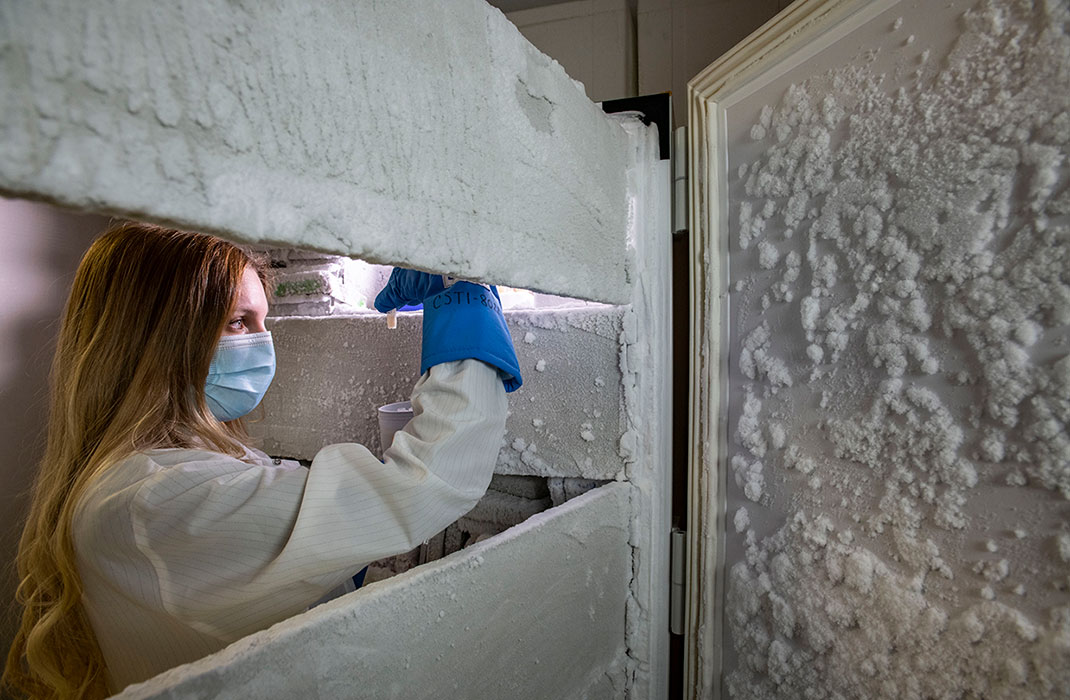-
- Find Care
-
- Visitor Information
- Find a Location
- Shuttles
- Visitor Policies
-
-
- Our Virtual Care Options
- Virtual Urgent Care
- Virtual Visits for Primary & Specialty Care
- Online Second Opinions
- Participate in Research
-
- Contact us
-
- For Innovators
- Commercialization Guide for Innovators
-
-
- Research News
- Alzheimer's Disease
- Artificial Intelligence
-
- Overview
-
- Overview
- Getting Started
- New to Mass General Brigham
- International Patient Services
- What Is Patient Gateway?
- Planning Your Visit
- Find a Doctor (opens link in new tab)
- Appointments
- Patient Resources
- Health & Wellness
- Flu, COVID-19, & RSV
- Billing & Insurance
- Financial Assistance
- Medicare and MassHealth ACOs
- Participate in Research
- Educational Resources
- Visitor Information
- Find a Location
- Shuttles
- Visitor Policies
- Find Care
-
- Overview
- Our Virtual Care Options
- Virtual Urgent Care
- Virtual Visits for Primary & Specialty Care
- Online Second Opinions
-
- Overview
- Participate in Research
-
- Overview
- About Innovation
- About
- Team
- News
- For Industry
- Venture Capital and Investments
- World Medical Innovation Forum (opens link in new tab)
- Featured Licensing Opportunities
- For Innovators
- Commercialization Guide for Innovators
- Contact us
-
- Overview
- Information for Researchers
- Compliance Office
- Research Cores
- Clinical Trials
- Advisory Services
- Featured Research
- Two Centuries of Breakthroughs
- Advances in Motion (opens link in new tab)
- Brigham on a Mission (opens link in new tab)
- Gene and Cell Therapy Institute
- Research News
- Alzheimer's Disease
- Artificial Intelligence
-
- Overview
-
- Overview
- Residency & fellowship programs
- Brigham and Women's Hospital
- Massachusetts General Hospital
- Mass Eye and Ear
- Newton-Wellesley Hospital
- Salem Hospital
- Integrated Mass General Brigham Programs
- Centers of Expertise
- Global & Community Health
- Health Policy & Management
- Healthcare Quality & Patient Safey
- Medical Education
- For trainees
- Prospective trainees
- Incoming trainees
- Current trainees
- Continuing Professional Development
Rebuilding the Brain in Parkinson’s Disease

Gene and cell therapy at a crossroads
After glimpsing the promise of gene and cell therapy, Mass General Brigham researchers are now enhancing the technology to drive new treatments for rare and common diseases.
Replacing defective genes or cells with healthy ones has been a goal of modern medicine for decades. And while that aspiration may have seemed simple in principle, the practical path toward realization has been longer and more complex than ever imagined. But now, the initial wave of gene and cell therapies has reached the clinic, with remarkable health benefits for a subset of patients that affirms the potential of these precision medicines for more widespread applications. With scores of gene and cell therapies now under development, the field stands at a major crossroads.
At Mass General Brigham, our faculty are at the forefront of this extraordinary revolution. As part of a world-leading health care system that spans the full spectrum of the biomedical research enterprise and works collaboratively with industry to fuel innovation, Mass General Brigham scientists and physicians are working to bring the next generation of gene and cell therapies to the clinic. We highlight a few of their stories here, ranging from rare, genetic diseases to more common conditions that lack effective treatments.
Parkinson’s disease affects some 10 million people worldwide. The disease emerges because of a shortage of dopamine, an important signaling molecule for neurons in the brain that helps control movement. The dopamine-producing neurons slowly degenerate and die for reasons that are not entirely clear but likely involve a mix of genes and environmental factors. Although drugs can help restore dopamine levels, they often cause a range of side effects and are often not effective in patients with advanced disease.
But what if it were possible to replace the lost dopamine-producing cells?
“That idea sounds simple in theory but it’s actually quite complicated in practice,” said Bob Carter, MD, PhD, chair of the department of neurosurgery at Massachusetts General Hospital and the William and Elizabeth Sweet Professor of Neurosurgery at HMS. For several years, he has collaborated with Kwang-Soo Kim, PhD, director of the Molecular Neurobiology Laboratory at McLean Hospital and professor of psychiatry at Harvard Medical School, and other colleagues at Mass General and Dana-Farber Cancer Institute to devise a potential cell replacement therapy for Parkinson’s disease. Various other groups within the Mass General Brigham system are pursuing similar efforts.
The concept developed by Carter’s team involves taking a patch of skin cells from a Parkinson’s patient, reprogramming them in the laboratory to become dopamine-producing neurons, and then surgically implanting them into the patient’s brain. About four years ago, they tested their approach in a single Parkinson’s patient, publishing the results of this “N of 1” study in the New England Journal of Medicine last May. Now, they are working to refine their method and preparing to launch a phase 1/2 clinical trial later this year or in early 2022.
“I’ve dreamed about gene and cell therapy since I was a postdoc,” said Carter. “And now it’s moving one step closer to the clinic.”
He added, “I’m incredibly excited about the potential of this experimental therapy for restoring function to Parkinson’s patients. And if the cell therapy platform we’re developing proves successful, it could also spur the development of similar therapies for other neurodegenerative disorders.”